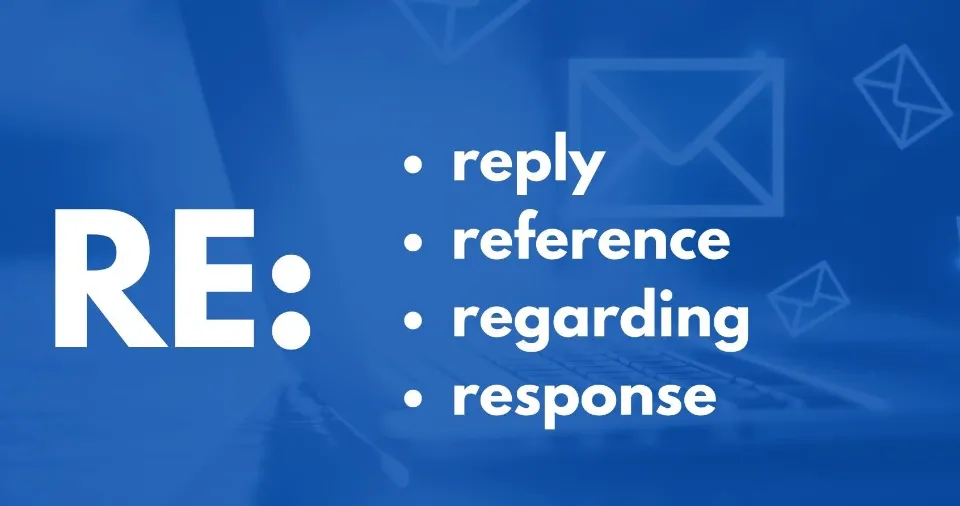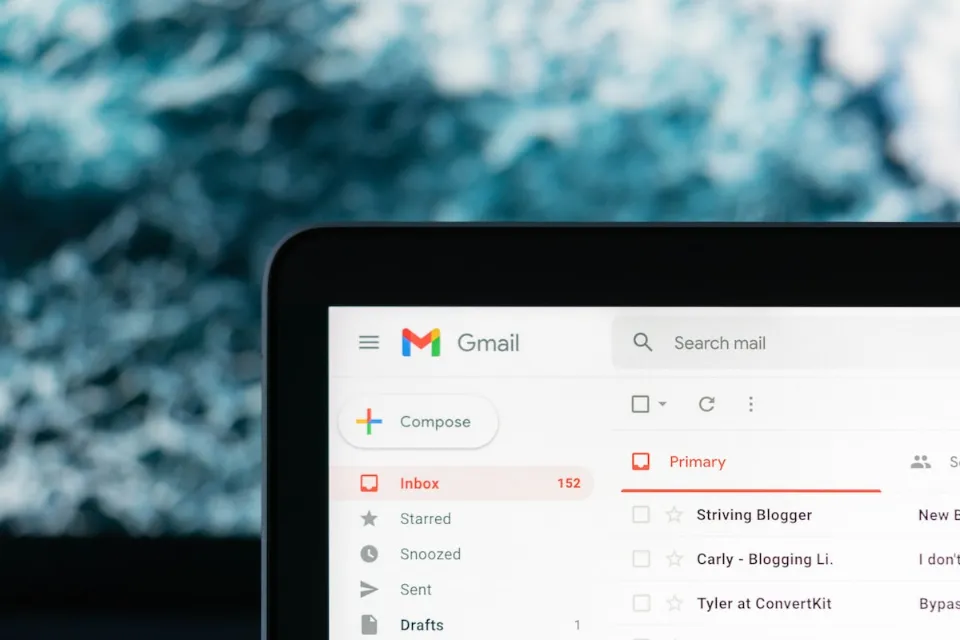What Does RE Mean in Emails? Things to Know
The same letters always precede the email subject line when we correspond via email with friends, family, and coworkers. Do you know what does RE mean in emails?
“Re:” means “with reference to” or “regarding.” It can be used to refer to a specific incident or email that has already occurred.
Well, to understand its meaning, we should first look at the origin of RE in email subject lines.
Table of Contents
Where Does RE in Email Come From?
Like roughly 30% of all English words, RE is Latin in origin. RE translates to “in re,” which means “in reference to” or “in the matter of.”
For this reason, people started to use RE as part of letter correspondence. RE was placed at the top of a letter, followed by the letter’s subject matter, to clarify the letter’s purpose to your intended recipient.
For example, Regarding the old house you want to purchase from me but which I’m not selling.
Many years later, emails were invented, and the meaning of RE started to shift.
What Does RE Mean in Emails?
When talking about email subject lines, RE does not mean “regarding” or “in reference to.” The RE abbreviation in email subject lines simply means “reply.”

So, when you see RE in an email subject line, you immediately know this is a reply to an email you have previously sent. Email providers include the RE email abbreviation to help you and the email recipient quickly identify email replies within your correspondence.
Read More:
How to Use “Re:” in Email?
It would help to know more about “Re“: in practice before using it yourself.
You can reply to an email with “Re:” in the subject line. This suggests you have something specific to refer to in relation to an earlier email you received.It is clear to the recipient that you are responding to their prior message thanks to this clause.
Here are some examples to show you how it appears in the subject line:
- Re: The New Rules
- Dear sir,
- I would value any information you could provide regarding the new regulations.
- All the best,
- Jon
- RE: Damage Control
- Dear Mr. Smith,
- Before the situation is made public, I believe we need to be in control of what happens next.
- Kind regards,
- Danny
It’s possible to include “re:” in the text body of your email too. When you want to cite a specific topic without already citing it, you should do this.
For instance, you wouldn’t have anything to respond to if you were starting an email conversation with someone. Therefore, you should include “Re:” in the email body rather than the subject line to show that there’s something you want to raise with the recipient.
You could also use it in an email body, like this:
- Dear Mr. Parker,
- Regarding the problems you brought up to me the other day, I’m finding it challenging. Can you help me?
- All the best,
- Chrissy
- Dear Howard,
- Regarding the new adjustments to the staff rota, I’m sending you this email. I’m not sure if I like the new system.
- Kind regards,
- Jenkins
The Most Common Email Abbreviations
Take a look at this list of common abbreviations for email subject lines and email text bodies that you may come across in day-to-day life:
FW or FWD – It has been forwarded, so that’s what it is.
NRN – No reply necessary.
AR – Action required.
EOM – End of message.
FYI – For your information.
SFW – Safe for work.
OOO – Out of office.
WFH – Working from home.
EOD – End of day.
Final Thoughts: What Does RE Mean in Emails
“Re:” is commonly seen in emails when you want to reply to something someone sent you. It’s also typical to employ it when referring to an earlier occurrence.
It’s an abbreviation of “with reference to” that comes from the Latin word “res” (“in the matter of”).
